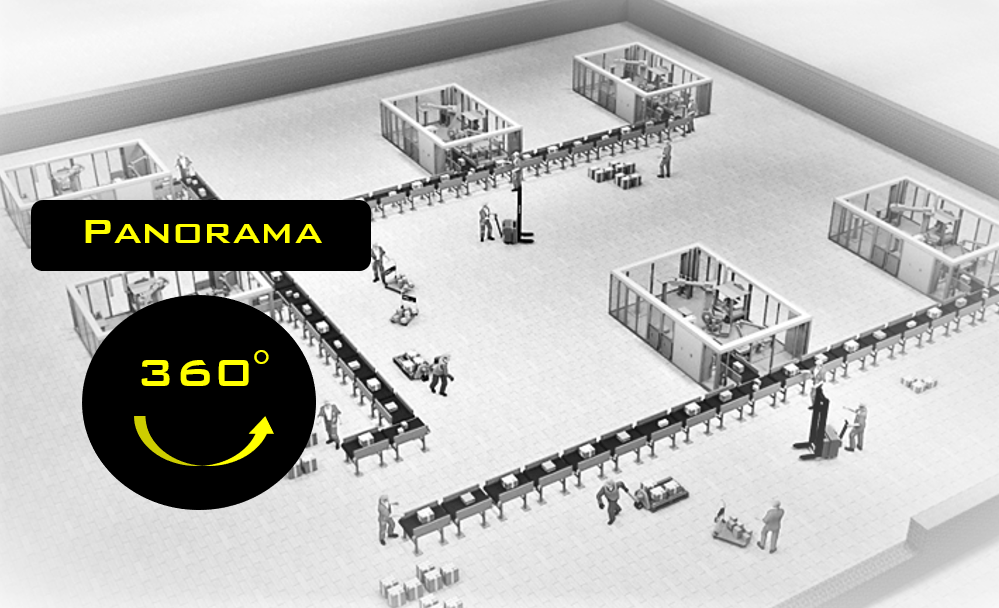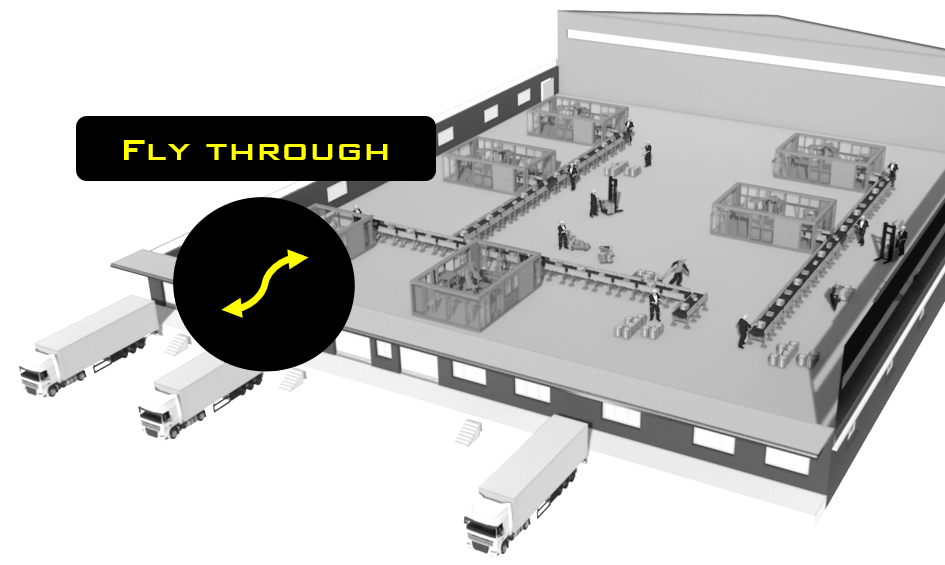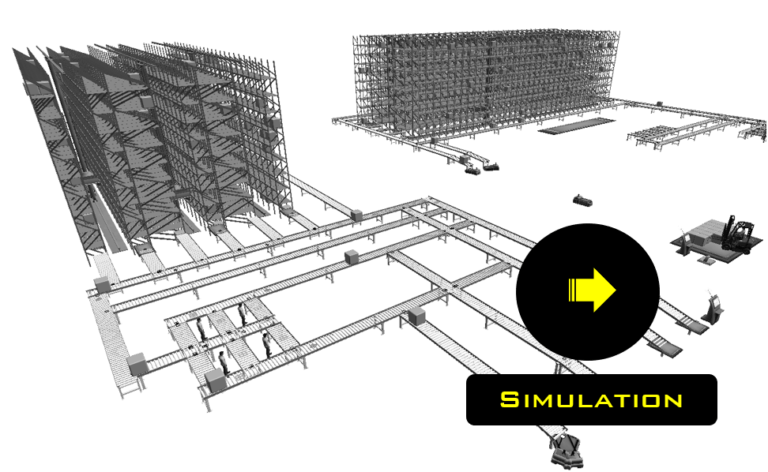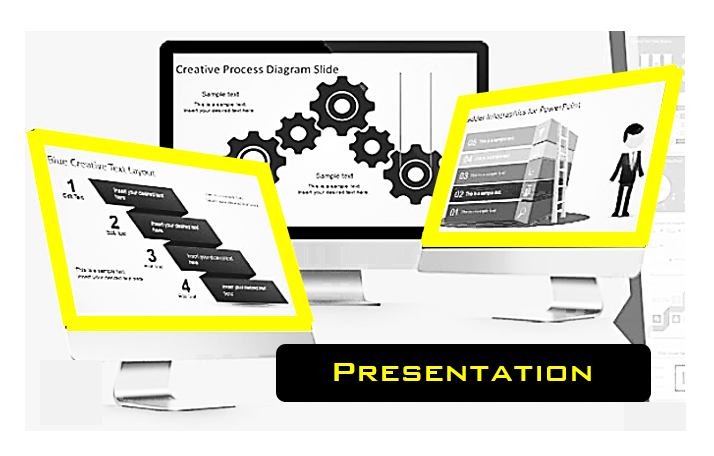Our company believes in providing unique and practical solutions for every project. Our team of design experts focuses on your project requirements and combines them with their design knowledge to create the best possible solution.
We use the most modern tools and design techniques to ensure that you receive a project that can be easily comprehended and showcased. Our top priority is to guarantee you a solution that is not only unique but also delivered on time and with the best quality standards.
With our commitment to excellence and a team of experienced professionals, you can rest assured that your project is in good hands. Additionally, we ensure a smooth and seamless communication process throughout the project to keep you updated on the progress.
Services
Focus Areas
Solution Design
Concept design
Layout drafting
Feasibility study
Material flow design
Design calculations
Research support
Proposal documentation
System Visualization
3D modelling
Image rendering
Fly through video
Process animation
4D timeline simulation
Process flow simulation
Virtual reality & Panorama
Project Management
Bid management
Estimation assistance
Procurement support
Engineering guidance
Technical documentation
Project coordination
Project planning
Design
Solution Development and Visualization
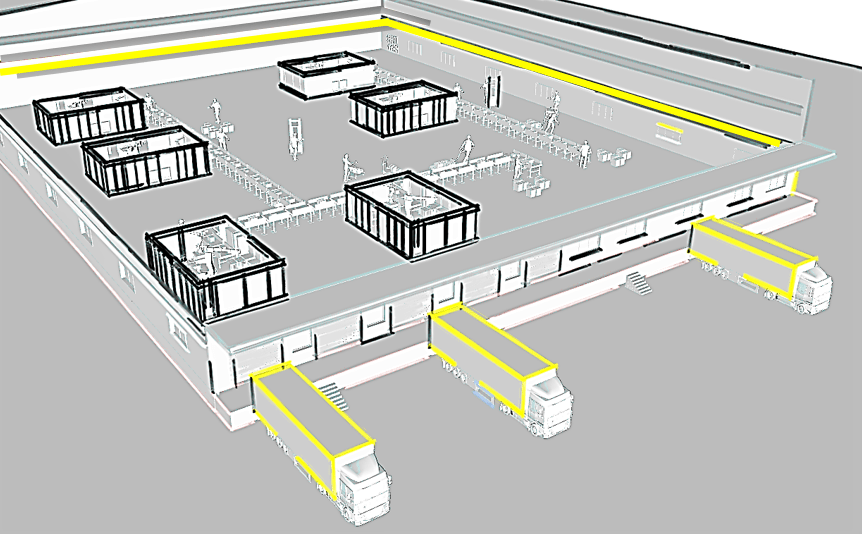
Concept Design
The concept design stage involves researching latest trends for the project and identifying fundamental needs. Solutions are then outlined and visual representations of the concept such as sketches, graphics, and models are created. This phase sets the foundation for the project and provides a clear direction for future stages.
Material Flow Design
Efficient planning and management of inventory from arrival to shipment constitutes the material flow design. The design ensures commodities move through, get stored and processed in the facility quickly and cost-effectively. Through strategic design optimization of the material flow, productivity and profitability of the organization can be significantly improved.


Layout Design
Layout design involves selecting and placing visual components in a drawing to represent the project site. Component placement within the given area must be chosen carefully to ensure a functional and workable design composition. Moreover, the layout design process involves careful consideration of safety, ergonomics, and accessibility aspects.
3D Modelling
3D modeling allows for a more accurate visualization of space usage and process needs. The process involves using specialized software to portray a physical object in three dimensions. First, a fundamental shape is created in 3D, and then elements like textures and colors are added to give it a realistic appearance. The resulting 3D model is an important visual aid in decision-making.
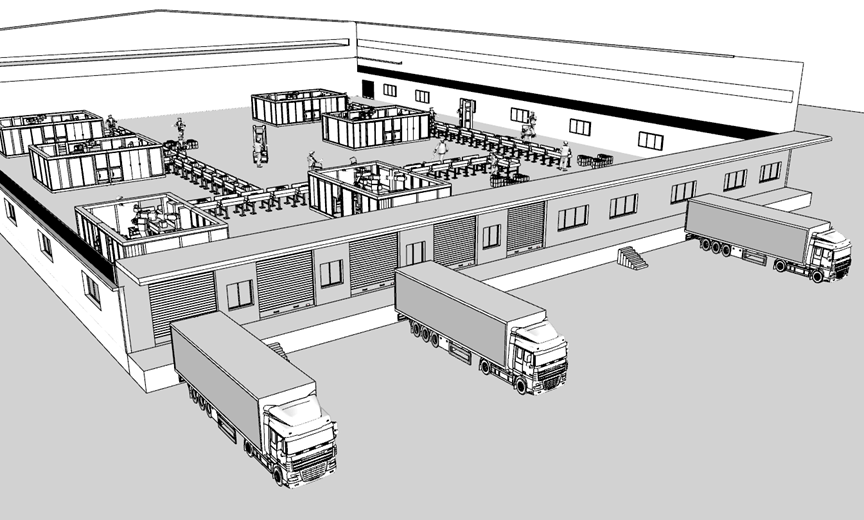

Rendering
You can get a firsthand impression of how the project will look by viewing rendered realistic images made from the 3D models. The procedure often entails using shading and lighting algorithms to produce a final image. These images can be single, a video, or an interactive 3D environment, and they provide valuable insights into the project’s final appearance.
Virtual Reality
Virtual Reality (VR) is a computer-generated simulation of a three-dimensional environment. It provides users with a realistic on-site experience. VR aims to deliver a compelling alternative reality that lets users interact with the project locations as if they were real. This technology is especially useful in providing an immersive experience of the project before its physical construction.
Panorama View
A panorama view is a broad viewpoint of a facility or system captured in one picture. It is made by fusing numerous pictures into one, giving the user a 180 or 360-degree perspective. The process of generating such images involves using specialized software and provides an excellent way to communicate the project design and layout to stakeholders.
Fly Through
A fly-through movie combines real-world footage with computer-generated images to give a dynamic video of an environment. It gives visitors the option to see a project virtually and get a feel of its scope and perspective. These videos are very effective in providing stakeholders with a clear understanding of the project design and its intended purpose.
Animation
Animation is a powerful tool in process design that visualizes operation and demonstrates how a process will work. It is useful for optimizing a process by analyzing its performance under various conditions. Animation in process design benefits include identifying potential flow issues and areas for improvement, and communicating the process design in an engaging way.
Simulation
By simulating project designs or processes, we can examine, test, and assess their behavior, performance, and results. This approach not only saves money by forecasting complex system behavior without the need for costly experiments, but also enables us to generate advanced software models for dynamic material flow studies. Accordingly, we can optimize the performance of our project designs and processes.
Management
Project Management Support
Presentation
A project presentation is an effective way to visually communicate a project’s design and key information to stakeholders. To achieve this, we use slides to summarize the project’s background, objectives, and future plans. Additionally, we include graphs, charts, and images to illustrate complex data and concepts, making the presentation a comprehensive overview of the project’s details.
Documentation
Documentation plays a crucial role in helping users understand the solution design through clear and concise information in a structured format during the bid stages. Technical documentation, which may include technical manuals, drawings, calculations, procurement, and estimation documents, explains system design and functionalities.
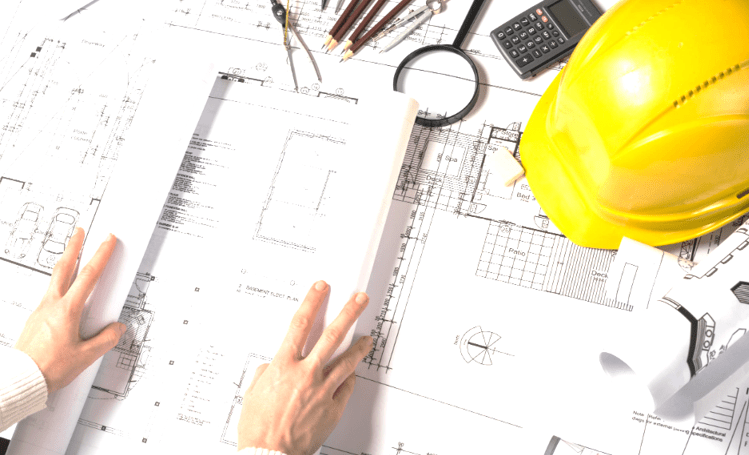
Estimation
In the estimation process, we predict the resources, time, and costs required for a project based on its scope, requirements, and constraints. To ensure reliable projections for successful project completion, we use historical data, industry benchmarks, and expert judgment to determine task effort and resource needs. By doing so, we can minimize costs and ensure timely completion of the project.
Procurement
Procurement is a critical process that involves acquiring goods, services, or works to support a project. This process involves identifying required resources, selecting vendors or suppliers, and negotiating contracts to ensure that materials, equipment, and services are delivered on time and within budget. Effectively managing procurement is essential for project success.
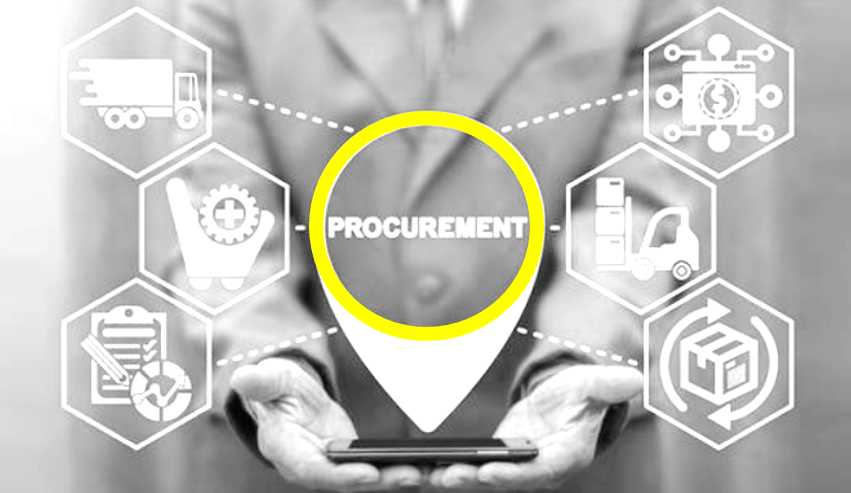
Planning
Project plans are created to meet the project objectives within the client’s timeline and budget constraints. During the bid stage, we develop a high-level strategic schedule to focus on the project’s scope and timelines, using which we can ensure that the project is well-managed and completed on time and within budget.

